Herbs
What is an Herb?
The loose definition of an herb is any plant that’s used for its cooking, medicinal, or sweet-smelling properties. Herbs are such a various cluster of plants that it’s terribly tough to separate them into logical teams. Some disguise themselves as wildflowers, some are sweet-smelling ground covers, and a few are we tend to believe that we try and eradicate from between the pavers in our driveways. Healthful herbs are used for hundreds of years.
Please do explore the links to the left for a comprehensive index of herbs and their uses, and also the links below for a few artistic ways to use them in your own life. See the Chart for Common Foods and also the cooking Chart to induce a compassionate what goes with what in cookery. Conjointly check the link for creating your own flavoring Vinegar, Flavoring Oils, and flavoring Butters for yourself or for gift giving. This page may be additional progress, thus marker currently.
Understanding Herbs and Plants
The term “herb” typically refers to the leafy green or flowering parts of a plant, used fresh or dried. However, in medicinal contexts, it can include roots, bark, seeds, and other plant components. These herbs and plants are distinguished from spices, which are usually derived from other plant parts like seeds, bark, or roots.
Herbs and plants are categorized based on their uses:
- Culinary Herbs: Used to flavor food, such as basil, oregano, and thyme.
- Medicinal Herbs: Employed in traditional and modern medicine, like echinacea and ginseng.
- Aromatic Herbs: Valued for their scent, including lavender and mint.
These categories by Natural Health News often overlap, as many herbs serve multiple purposes.
The Role of Herbs in Traditional Medicine
Herbs and plants have been central to traditional medicine systems worldwide. In Ayurveda, Traditional Chinese Medicine, and Indigenous healing practices, herbal remedies for treatment have been developed over millennia. These systems utilize the natural properties of herbs to balance bodily functions and treat ailments.
For example, Ayurveda employs herbs like ashwagandha for stress relief and turmeric for its anti-inflammatory properties. Traditional Chinese Medicine uses ginkgo biloba to enhance cognitive function and ginseng to boost energy. These herbal remedies for treatment are often tailored to individual needs, considering factors like body constitution and environmental influences.
Modern Applications of Herbal Remedies
In contemporary times, there’s a resurgence of interest in herbal remedies for treatment, driven by a desire for natural and holistic health solutions. Scientific research supports the efficacy of many herbs:
- Chamomile: Known for its calming effects, often used to alleviate anxiety and promote sleep.
- Peppermint: Used to soothe digestive issues and relieve headaches.
- Echinacea: Believed to boost the immune system and reduce cold symptoms.
These herbs and plants are available in various forms, including teas, capsules, tinctures, and topical applications. However, it’s essential to consult healthcare professionals before starting any herbal regimen, as interactions with medications and individual health conditions must be considered.
Cultivating Herbs at Home
Growing herbs at home is a rewarding way to ensure a fresh supply of these beneficial plants. Many herbs are easy to cultivate in gardens or containers:
- Basil: Thrives in warm, sunny environments and is excellent for culinary use.
- Mint: Grows vigorously and can be used for teas and garnishes.
- Lavender: Prefers well-drained soil and offers aromatic flowers for various uses.
Home cultivation allows for the immediate use of herbs in cooking, teas, and homemade remedies, enhancing both flavor and health benefits.
Safety and Considerations
While herbs and plants offer numerous health benefits, it’s crucial to approach their use responsibly:
- Quality: Ensure herbs are sourced from reputable suppliers to avoid contamination.
- Dosage: Follow recommended dosages, as excessive intake can lead to adverse effects.
- Interactions: Be aware of potential interactions with medications and consult healthcare providers as needed.
Educating oneself about the properties and uses of herbs is vital to harnessing their benefits safely and effectively.
Conclusion
Understanding what is an herb opens the door to a world of natural health and culinary possibilities. Herbs and plants have been integral to human wellness for centuries, offering remedies for various ailments and enhancing our daily lives. By embracing herbal remedies for treatment and incorporating these plants into our routines, we can tap into the time-honored wisdom of nature to support our health and well-being.
-
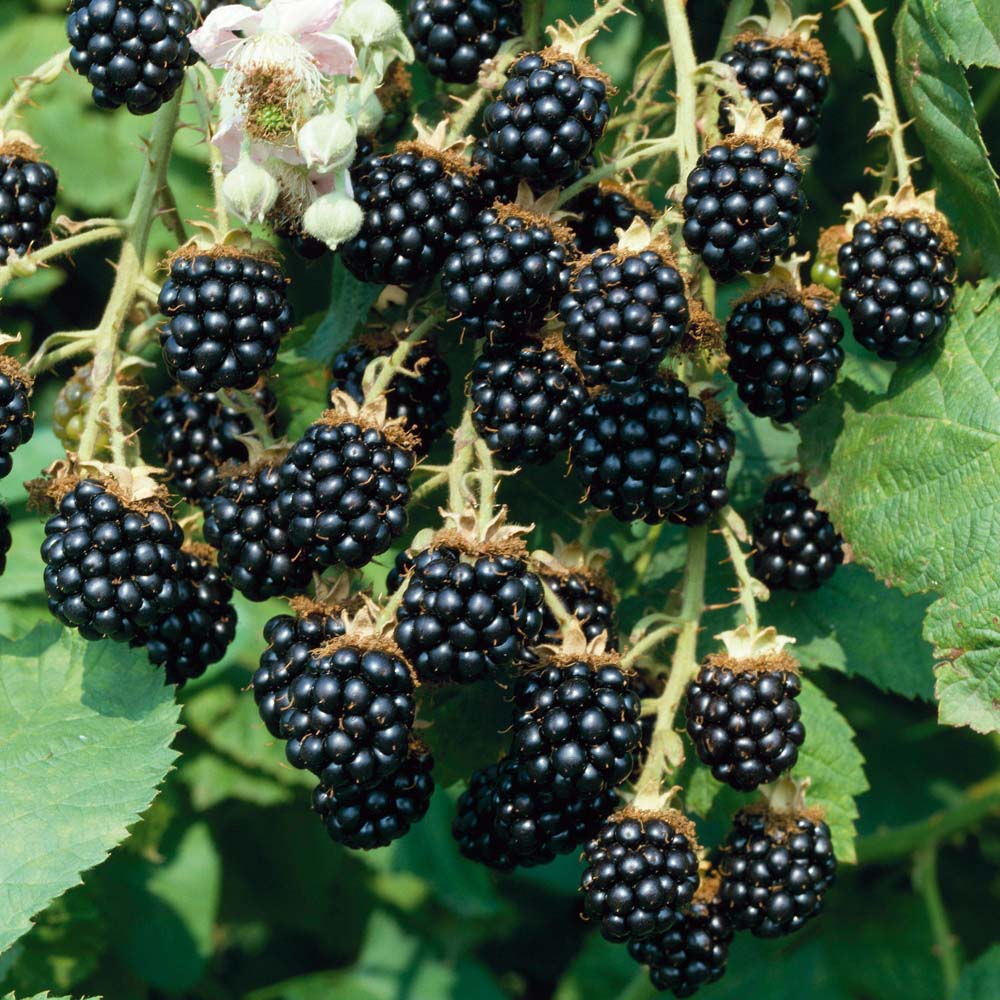
Blackberry
What is Blackberry Herb? The blackberry plant is herb plant which is capable of germinating of seeds without pollination. This…
Read More » -
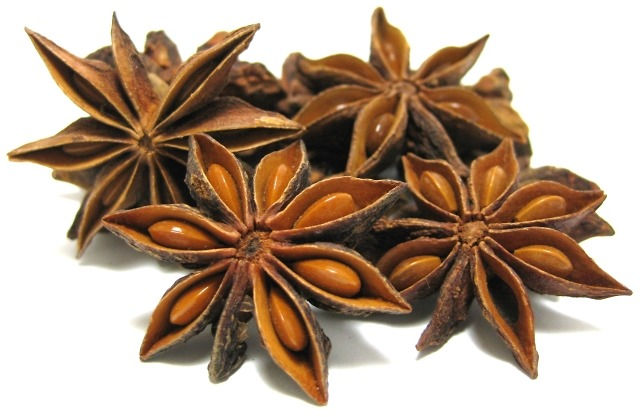
Star Anise Seed
What is An Herb? Herb can be defined as it is a part or a plant which is used for…
Read More » -
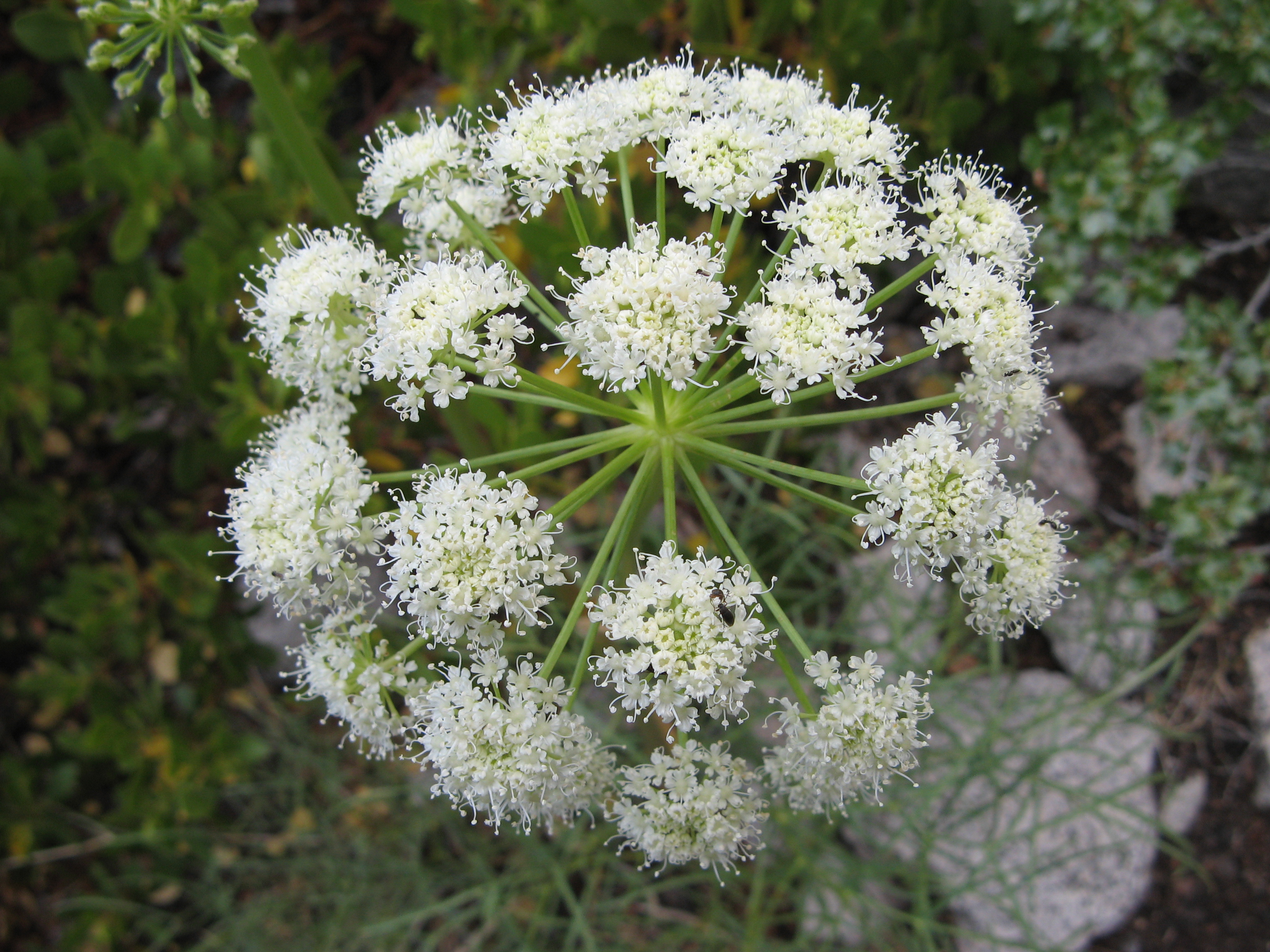
Angelica
What is an Herb? Herb can be defined as it is a part or a plant which is used to…
Read More » -

Allspice
What is an Herb? Herbs are the garden plants which are harvested and grown for fibrous, medicinal, culinary, and aromatic…
Read More » -
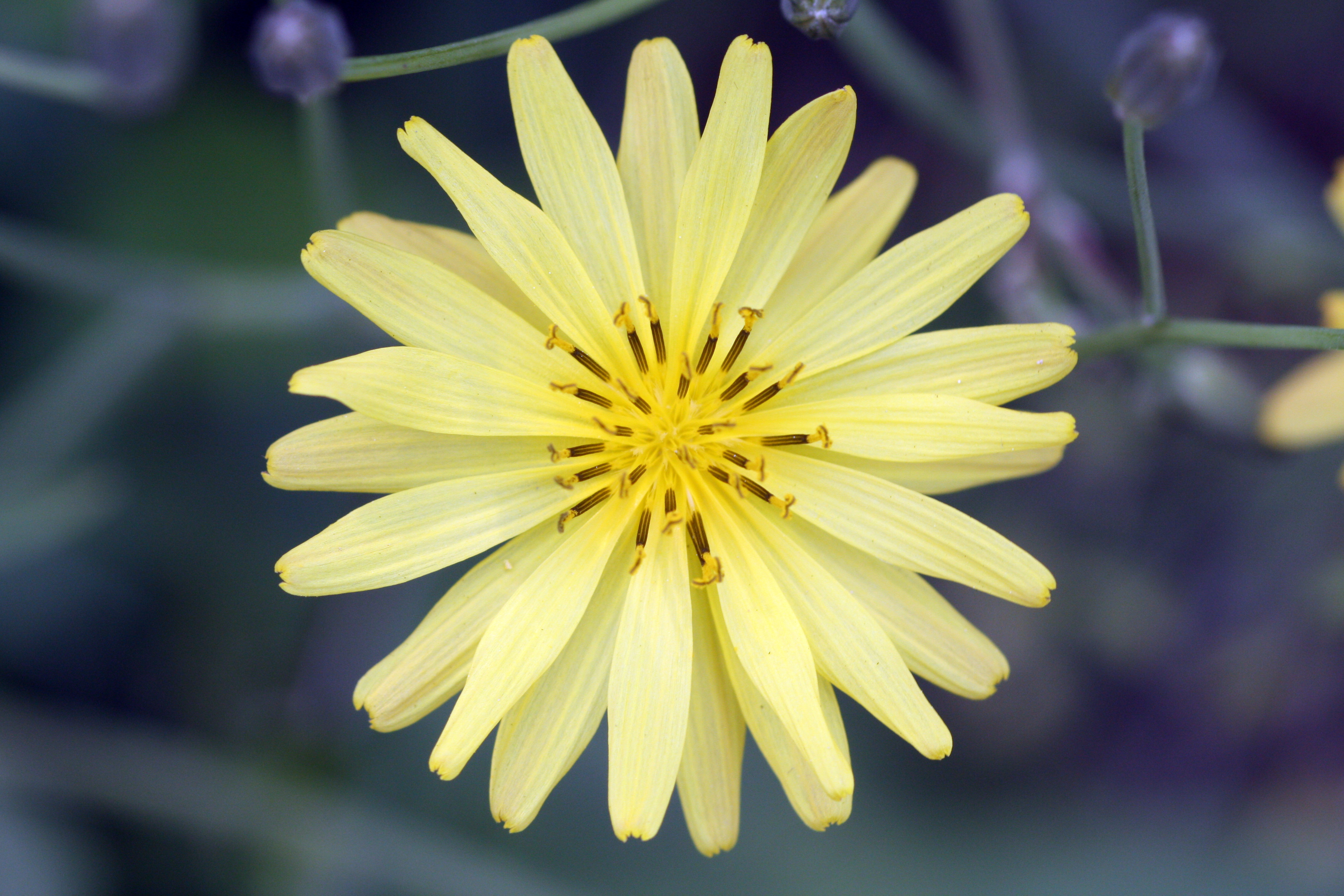
Ixeris Chinensis
What is Ixeris Chinensis? Ixeris Chinensis is a flowering plant native to Asia that is gaining a lot of popularity…
Read More » -
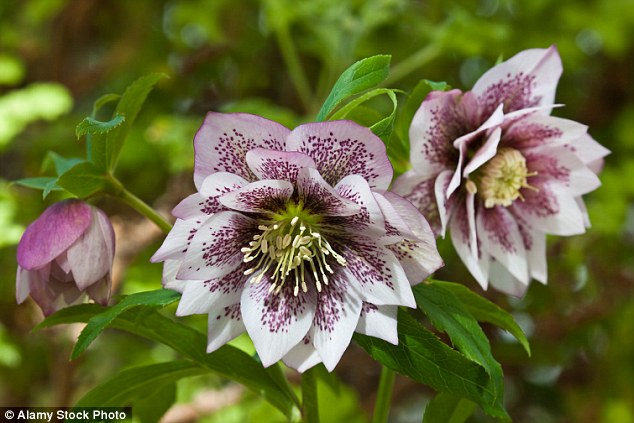
Hellebore
What is Hellebore? Hellebore is the common name given to over 20 different species of perennial plants belonging to the…
Read More » -
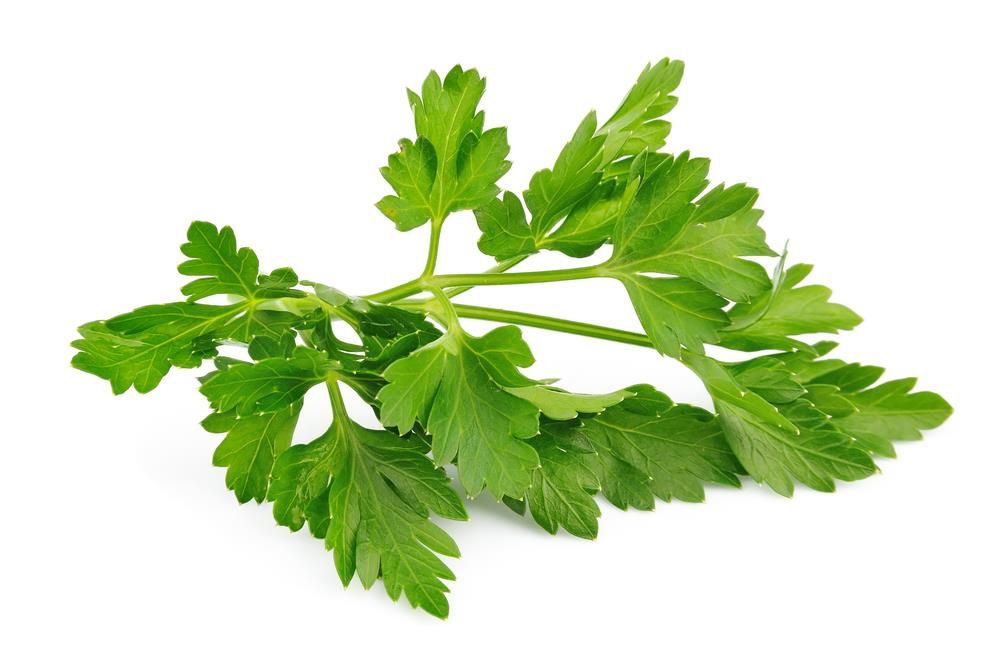
Chervil
What is Chervil? The herb chervil is from the thyme family of herbs and is used in regularly food. This…
Read More » -
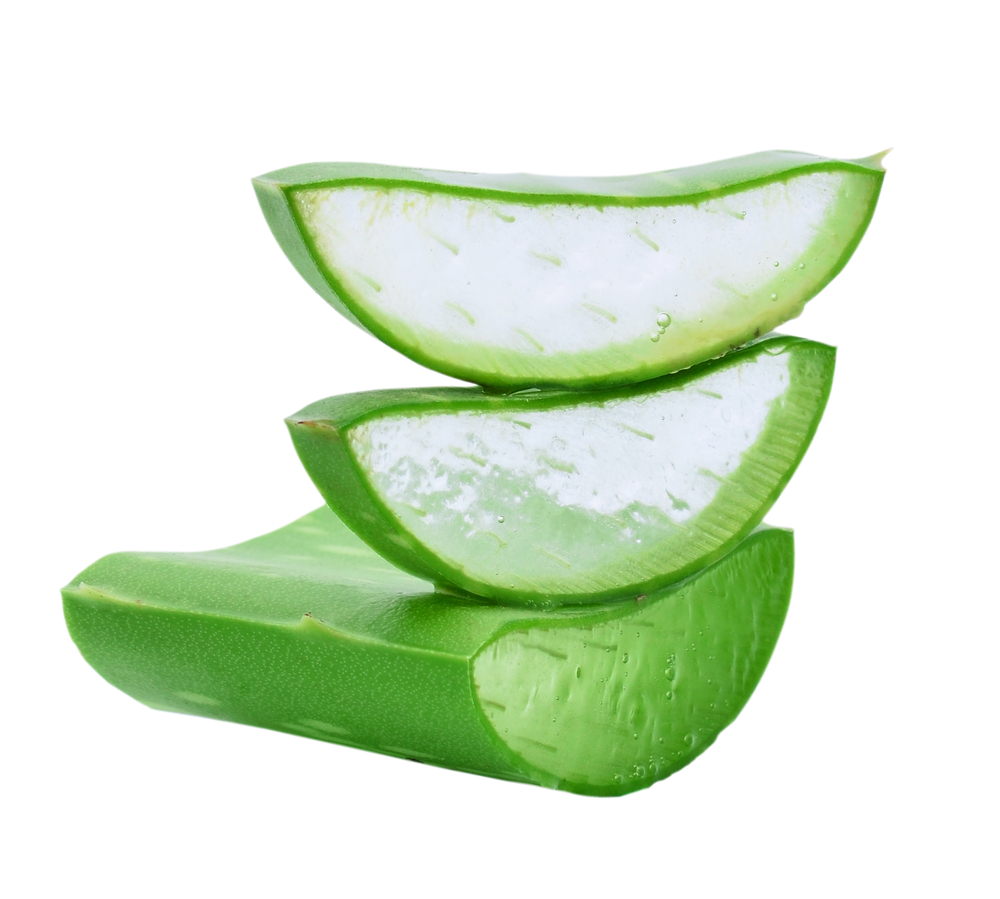
Aloe Vera
What is Aloe Vera? The great aloe vera needs no introduction. Its benefits are famous, which is why it has…
Read More » -
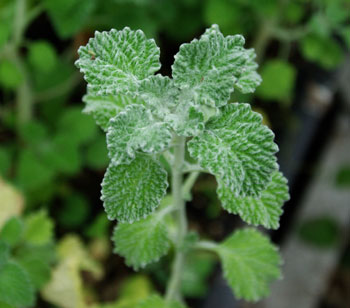
White Horehound
What is White Horehound? White horehound is the colloquial name for a small perennial flowering plant with the scientific name…
Read More » -
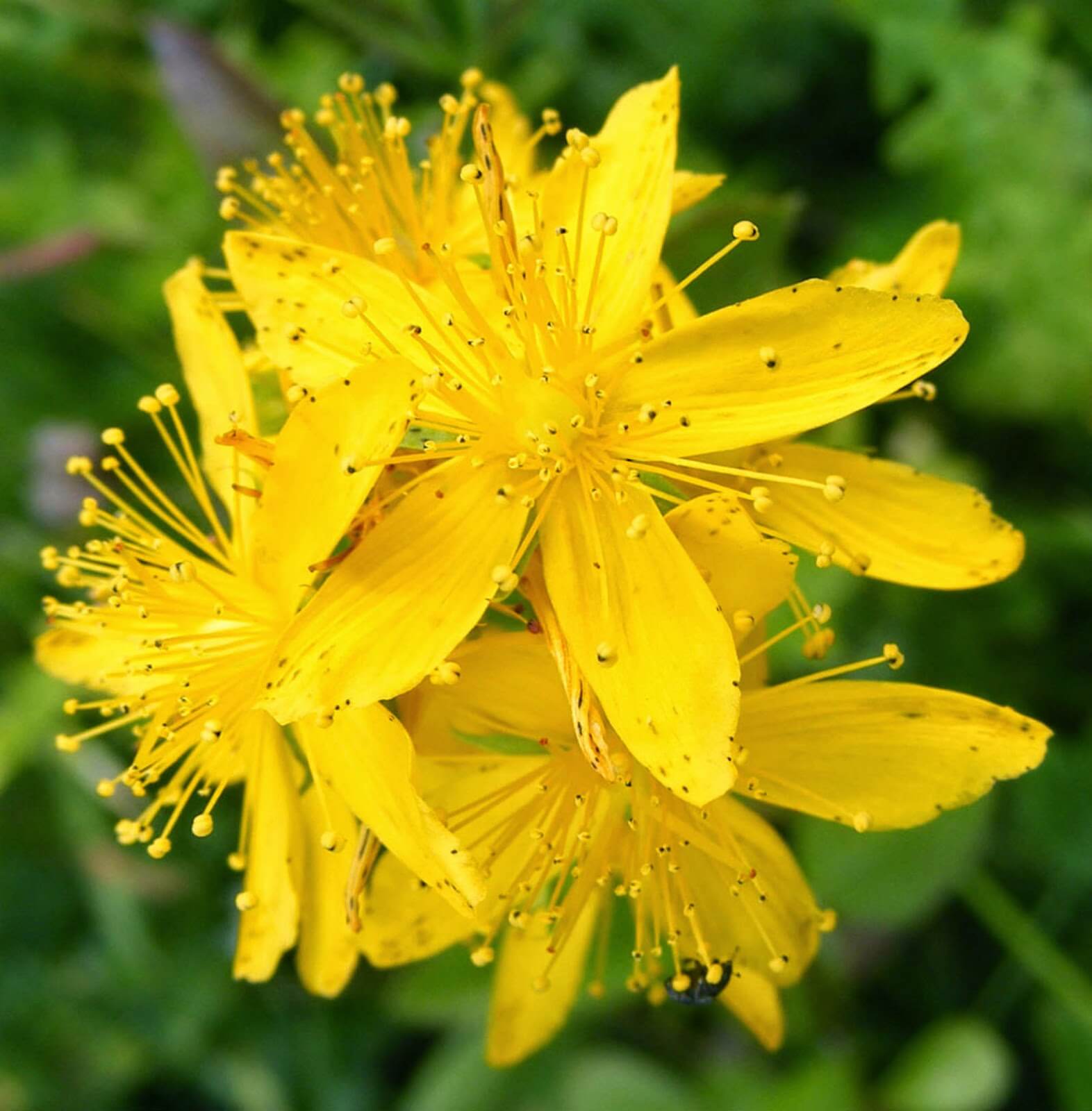
Agrimony
What is Agrimony? Agrimony is a perennial plant that is a member of the rose family. Many ancient cultures used…
Read More »
